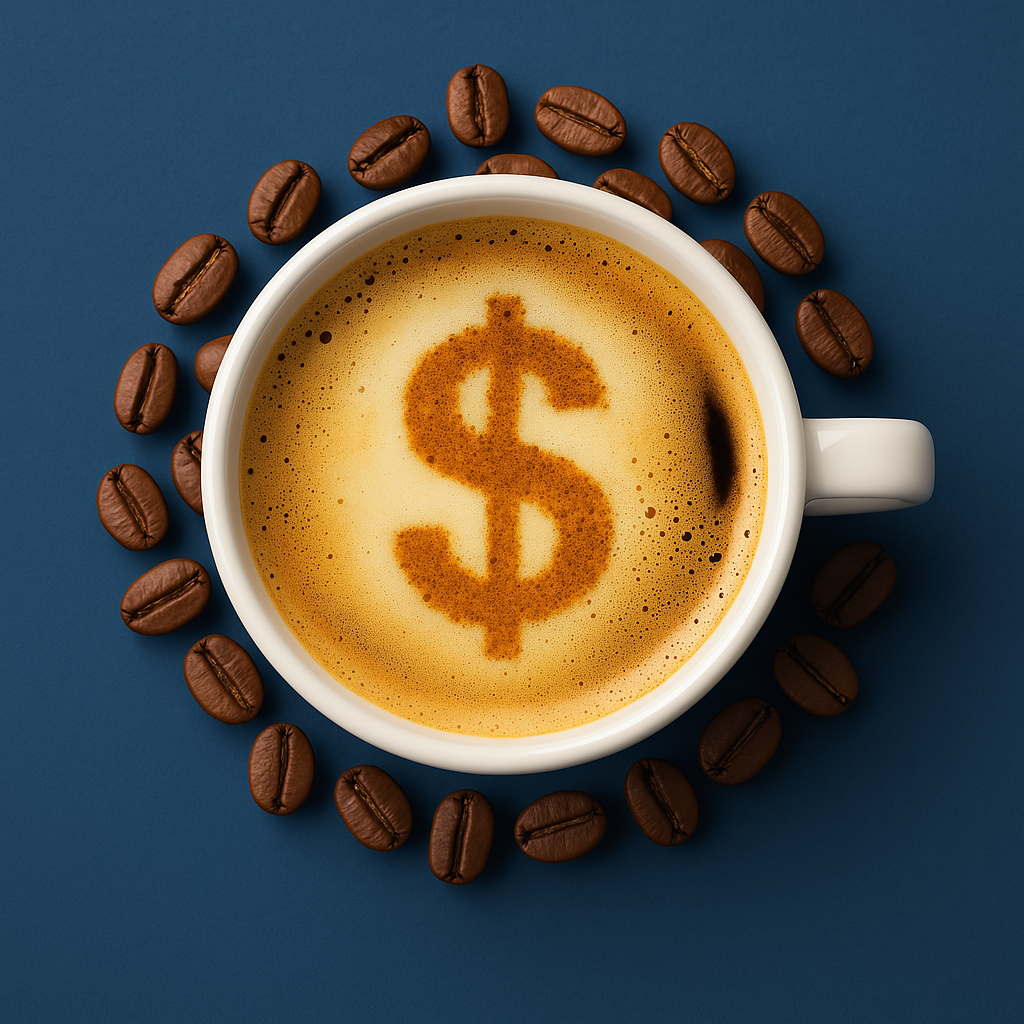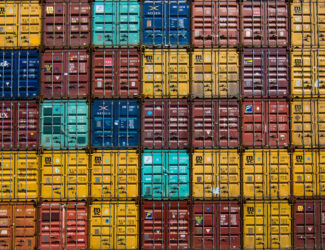
Soaring Coffee Prices Put Pressure on Starbucks and Indie Brands Alike
The global coffee industry is feeling the heat — and not just from the roasters.
According to a recent report by Modern Retail, rising prices for green coffee beans are forcing everyone from independent roasters to global chains like Starbucks to rethink their strategies, raise prices, and cut costs.
In January, Eva Hart, co-founder of Dallas-based Couple’s Coffee, received a letter from her roaster warning that arabica beans had surpassed $4 per pound — nearly a full dollar increase from just a month earlier. “We can no longer hold prices at current levels,” the letter read, announcing that new rates would take effect on April 1 to reflect market conditions.
For Hart, it was the second major price hike in under a year. In a previous attempt to stay afloat without passing costs onto customers, the company let go of its social media manager — a decision that came at the expense of visibility. “We’re kind of cornered,” she told Modern Retail. “This time, we have no choice but to raise prices.”
And the situation may only worsen. Hart’s supplier also flagged broader industry strains, including bankruptcies, defaults, and uncertainty surrounding potential tariffs that could hit coffee imports hard.
A Global Shortage Driving Prices Up
Arabica beans — the variety used by major coffee chains — have seen a dramatic spike over the past year. In February, futures peaked at more than $4.30 per pound. Robusta, typically used in instant coffee, has also risen sharply.
Behind the surge are supply disruptions caused by droughts in key producing countries like Brazil and Vietnam. Meanwhile, global demand remains strong — a combination that’s putting a financial strain on coffee companies of all sizes.
Caught in the middle, many small and mid-sized brands are facing tough decisions: raise prices, absorb losses, or reduce operations. Tariff uncertainty only adds another layer of risk.
Industry at a Tipping Point
Brandon Fishman, founder of vitamin-infused coffee brand VitaCup, told Modern Retail that 2025 may mark a breaking point for the industry. Many companies had been insulated from rising costs through long-term futures contracts — like Starbucks, which typically secures pricing 12–18 months in advance. But those contracts are now expiring, exposing companies to market volatility.
Even for brands that hedged early, the outlook is grim. VitaCup had locked in prices below $3 per pound — but future purchases are expected to cost around $4. The brand has already raised prices twice in the last six months and is looking at further cost-cutting, from software expenses to operational tweaks.
The numbers speak volumes. According to U.S. government data, the average price for ground roasted coffee reached a record $7.25 per pound in February 2025.
“We’re not talking about 10% price increases,” Fishman warned. “It could be 50% or more, especially for private-label brands at big-box retailers.”
Starbucks, too, is feeling the pressure. The company’s Chief Financial Officer, Rachel Ruggeri, told investors in January that rising coffee costs are weighing on profit margins, especially in the packaged goods division where price swings hit harder.
Tariffs and Trade Tensions
Further complicating the situation are trade policies and tariffs, particularly those related to decaffeinated coffee — most of which is processed in Canada and Mexico.
Samuel Klein, green coffee buyer at Partners Coffee in New York, expressed concern over the potential impact of Trump-era tariffs. “Swiss water decaf, in particular, has gotten very expensive,” added Craig Leslie, founder of The Bean Coffee Company, who said his brand has already raised prices multiple times both on Amazon and its website.
Although a 25% tariff on many Mexican and Canadian imports has been postponed until April 2, the lack of clarity around what will be implemented — and how coffee is classified by country of origin or processing — has left roasters in limbo.
“Decaf coffee is already expensive to produce and transport,” Klein said. “When you add trade complexity, it becomes even harder to manage.”
Adapting in Uncertain Times
Some companies, like the family-owned Café Aroma (founded in 1961), are trying to buy coffee opportunistically when prices dip, avoiding long-term contracts that might lock them into high costs.
Klein has taken a similarly cautious approach, scaling back on ordering volume. “The margin for error is a lot smaller than it was a year ago,” he said.
As the market continues to shift, consumer habits may change too. Leslie expects more people to brew their coffee at home rather than pay premium café prices. “I think people are going to stop spending $4 or $5 at a coffee shop and brew more at home,” he said.
Data from companies like J.M. Smucker — which owns Folgers and Café Bustelo — supports that trend. Despite multiple price hikes in 2024, Smucker’s U.S. coffee sales rose by 2% in the most recent quarter, thanks to strong demand and higher prices.
“At-home coffee remains a strong and resilient category,” said CEO Mark Smucker. “It provides value to consumers in all economic environments.”
Bracing for What’s Next
Across the board, coffee businesses are preparing for a period of prolonged uncertainty. Between climate shocks, price volatility, and political headwinds, the next six to twelve months could reshape how coffee is bought, sold, and consumed.
“I need to pay closer attention to the market,” Klein said, “and really understand what the future might look like.”



